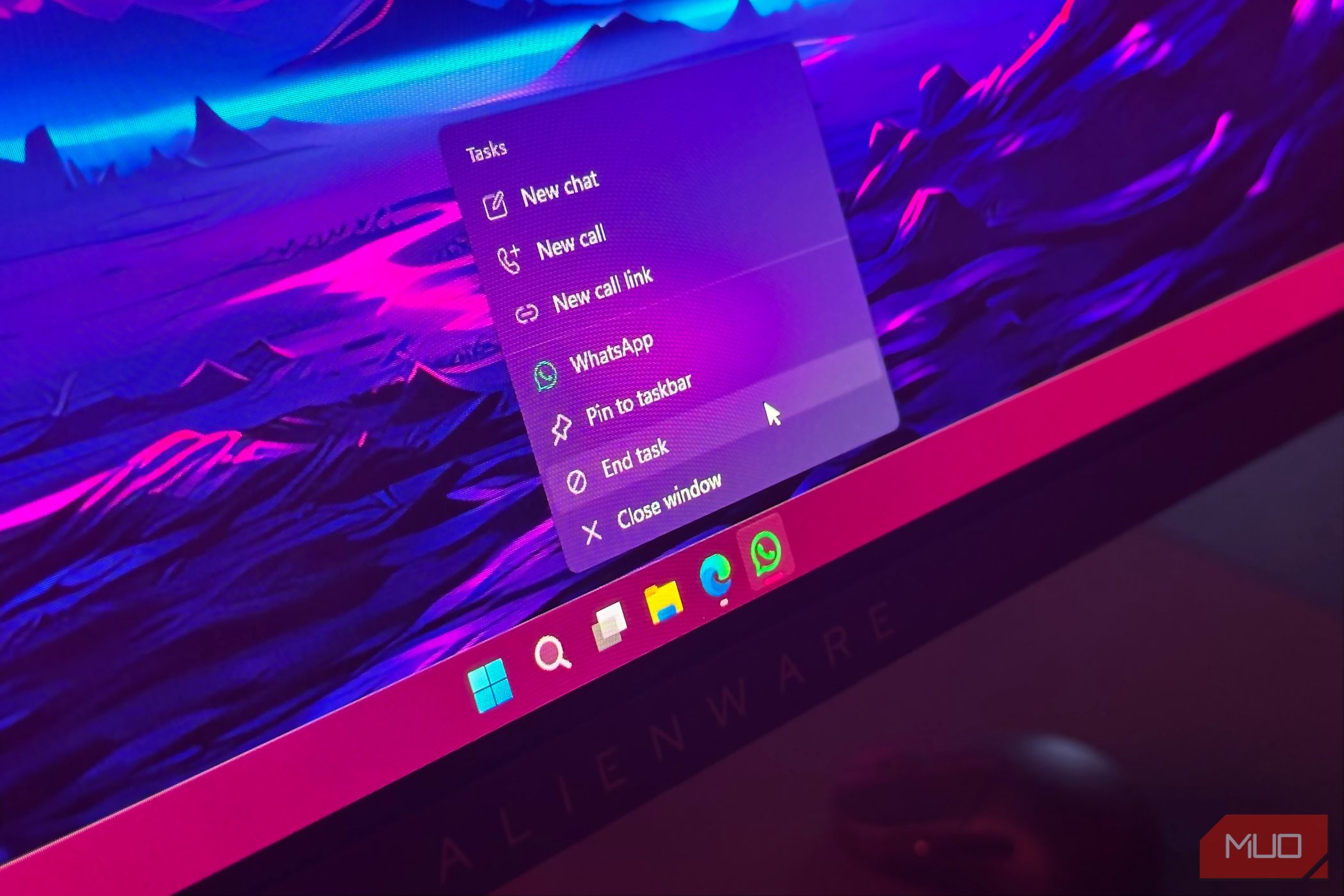This offer is coming your way now.
NurPhoto via Getty Images
Republished on August 16 with Microsoft’s new 60-day warning.
Microsoft has now issued its free update offer to millions more Windows 10 users. After this mandatory update to KB5063709, you should see the option to “Enroll in Extended Support Updates,” which will run until October 2026.
Per Windows Latest, “there’s a new Enroll Now link inside the Windows Update page.” You still have several options to extend security support, including paying $30 which could cover as many as 10 PCs on a single account. Most users will opt for the free update offer though, linking the ESU to their Microsoft account and OneDrive.
Microsoft confirmed this was coming back in July, blogging that “individuals will begin to see an enrollment wizard through notifications and in Settings, making it simple to select the best option for you and enroll in ESU directly from your personal Windows 10 PC.” As Windows Latest confirms, “more users should see the toggle” after this update.
“We understand that moving to a new PC can take time,” Microsoft says, “and we’re here to support you throughout the process. The Windows 10 Extended Security Updates (ESU) program is designed to keep your current Windows 10 PC protected after support ends—helping you stay secure during the transition.”
“If you weren’t seeing the option to extend updates earlier,” Windows Latest explains, “you should try looking again after today’s update.” It hasn’t all been smooth sailing for the well-publicized ESU enrollment wizard. Some users reported “immediately crashes” when it’s clicked. This was a central Microsoft issue that is now fixed.
It’s not all good news — at least not for Microsoft. Because “all activated licenses of Windows 10 are eligible for ESU,” the accelerating progress that was being made pushing Windows 10 holdouts to switch has shifted into a sharp reverse.
A month ago we heralded Windows 11’s achievement in finally overtaking Windows 10 after years of frustration. It did seem that the flip would continue all the way through to the 250 million or so PCs ineligible for the upgrade. But that’s not to be.
The data behind this stats is illustrative — certainly not an exact science. But it’s the same data that tracked the slow upgrade numbers through the last few years and the accelerating momentum this year. The irony is that the extended support induced reversal comes just after Windows 11 finally achieved its market milestone.
As I warned might happen, this free ESU u-turn has triggered a reversal in Windows 11’s recent fortunes, at least according to Statcounter’s indicative data. And while it’s still marginally head of its retiring sibling, Windows 11 is moving in the wrong direction. A free ESU is laudable, but it should have been limited to PCs that cannot upgrade.
Windows 10 Vs Windows 11.
Statcounter
Right now, it seems we may just have delayed a cliff edge, meaning we all get to go again next summer with the upgrade nags and cybersecurity warnings. We will know more over the coming weeks, but Windows 10 could be about to reclaim its crown.
Meanwhile, it’s not just Windows 10 users who must act now to ensure they maintain critical security updates on their PCs. Per Windows Latest, “Microsoft has confirmed that Windows 11 version 23H2 will reach end of support on November 11, 2025.”
This should not come as a surprise, with the Windows-maker simply following its “standard 24-month lifecycle for consumer editions.”
“Still on Windows 11 23H2?” PC World says. “Act soon! Your update deadline is almost here.” If you don’t act, “starting November 11th, 2025, regular security updates will no longer be available for Windows 11 23H2, leaving unupgraded systems vulnerable to cyber attacks. Millions of users worldwide are likely to be affected.”
Just as with Windows 10 users who don’t select an ESU option or upgrade to Windows 11, if you miss the deadline then security updates will just stop. “You will need to move to Windows 11 version 24H2 or the upcoming 25H2 to stay supported.”
Microsoft has now issued a 60-day warning for Windows 10 users. “On October 14, 2025, Windows 10, version 22H2 (Home, Pro, Enterprise, Education, and IoT Enterprise editions) will reach end of servicing. October 14, 2025 will also mark the end of support for Windows 10 2015 LTSB and Windows 10 IoT Enterprise LTSB 2015.”
The company confirms that “the October 2025 monthly security update will be the last update available for these versions. After this date, devices running these versions will no longer receive monthly security and preview updates containing protections from the latest security threats.” Put more simply, do not let your PC fall off support.
Microsoft has also reiterated its support offer. “As we shared last October, for the first time ever, you can enroll your personal Windows 10 PC in the ESU program and receive critical and important monthly security updates after support ends in October.” Now the offer has been issued to more users, we await any data on take-up.
But upgrading remains its primary push. “As always, we recommend that you update your devices to the latest version of Windows 11.” And Windows 10 users can expect constant nags through the next year, regardless of the ESU in place.
There are around 700 million users still on Windows 10, of which perhaps 250 million cannot upgrade. As one Forbes reader commented on the ESU offer, “the landfills can breathe a sigh of relief for one more year,” and there’s certainly something in that.
While the recently filed lawsuit in California demanding Microsoft extend free support until the ~50% Windows 10 market share dwindles down to below 10%, there’s little chance a court will interfere in well-published product lifecycles. The real question now is whether this extra year does take those Windows 10 numbers down so materially that we stop talking about the cybersecurity cliff edge that needs to be avoided.
Source link


